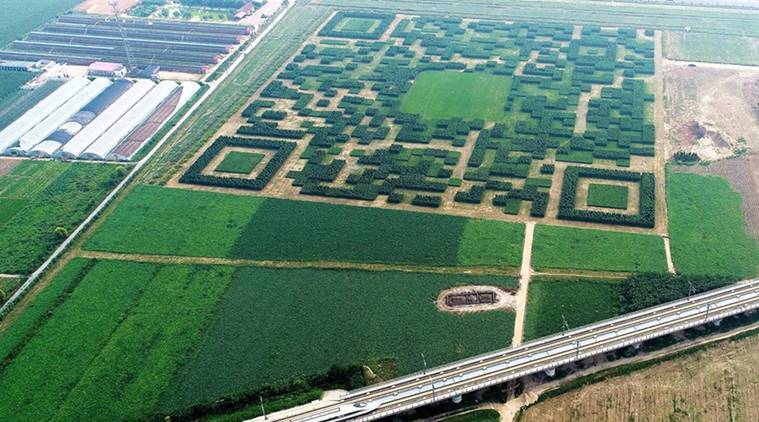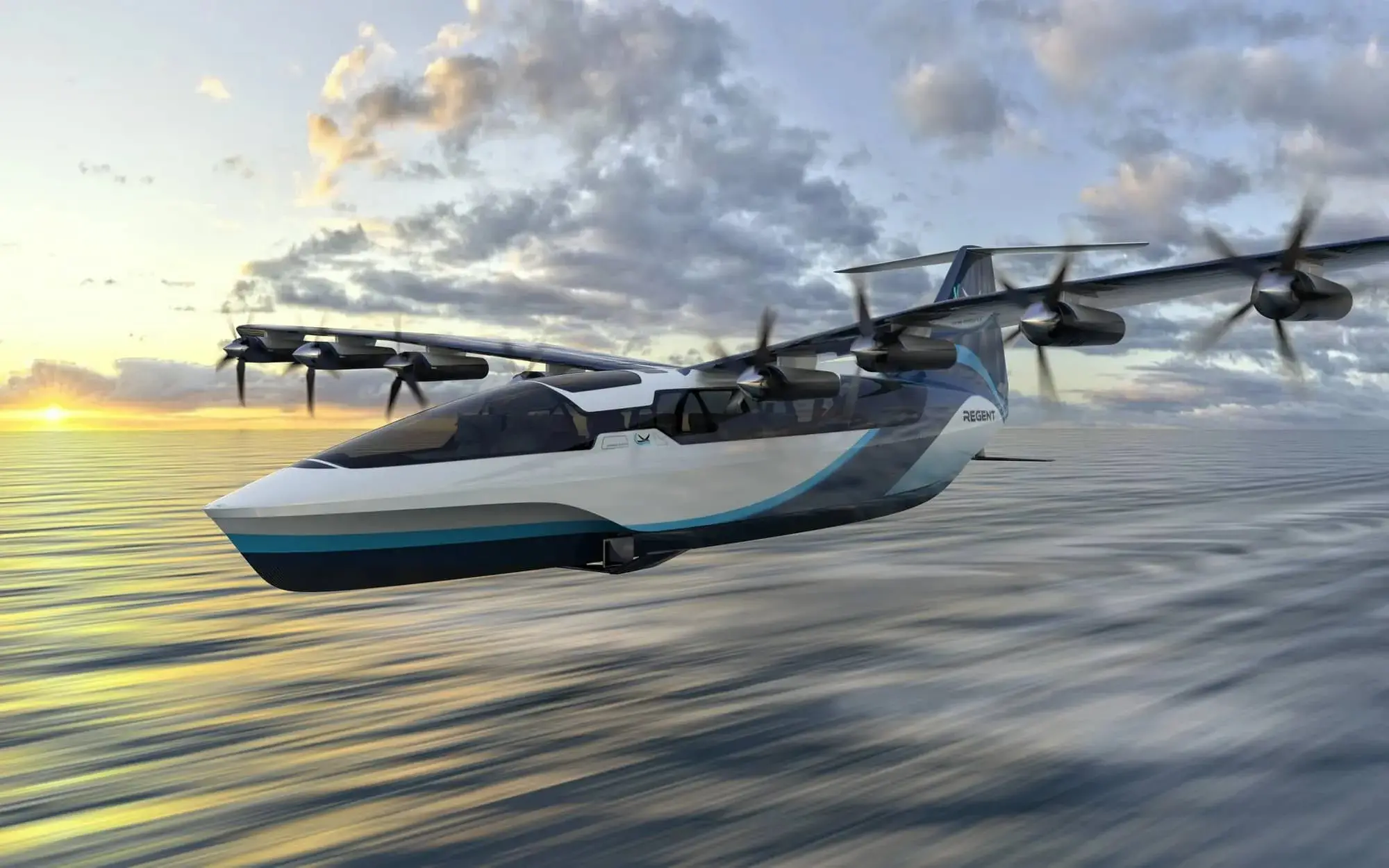A QR code is an array of black and white squares that can be read by a smartphone’s camera and is commonly used to store URLs or other information. QR code is the abbreviated form of quick response code and was invented in 1994 by Denso, an automotive company.
A China village known as Xinlinshui, located near the city of Baoding, has built a giant QR code using trees to boost tourism. The QR code has been built using 130,000 trees and is scannable from the sky. When scanned, the enormous barcode links to a WeChat account used by the local tourism offices. The code allows the visitors to get all travel information by scanning it.
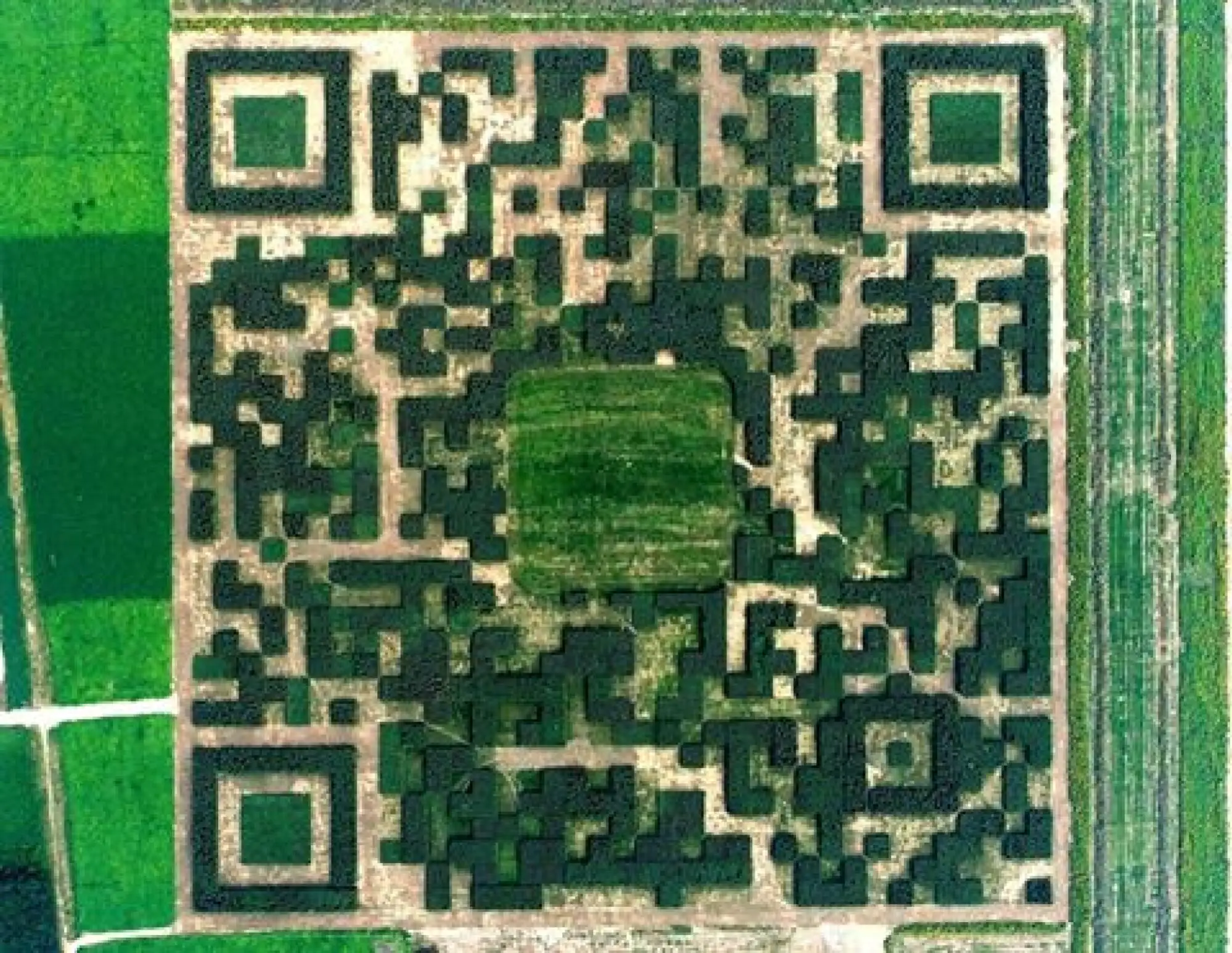
The villagers used evergreen Juniper trees to build the code. The trees’ height is between 80 centimeters and 2.5M in height. The code measures 227M along each side, according to a report by Xinhua.
It needs to be clarified how high one must be to scan the massive QR code. According to Mashable, they tried scanning the code, and it couldn’t work, but after artificially brightening the picture, the code worked.
To make this work, one must act quickly, have a very steady hand, and have sunny weather
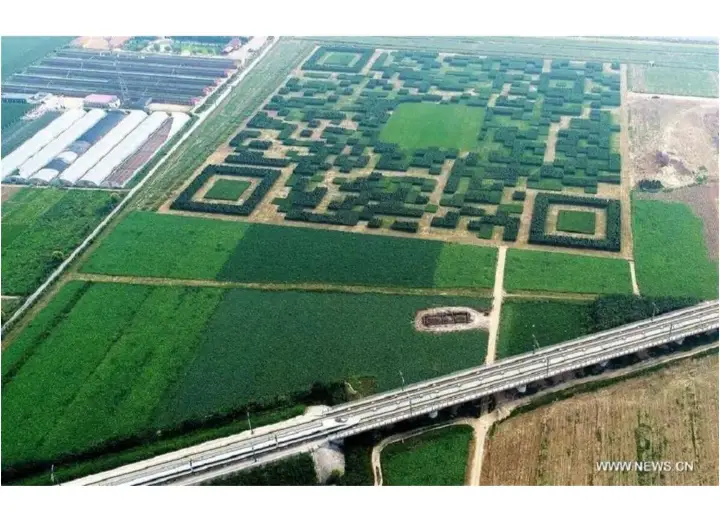
.
In 2015, Xilinshui village was awarded 1.1 million Yuans by the provincial government because it was the most beautiful village in Hebei then. The money granted was meant to fund its development and renovation.
Versions of QR code.
There are four versions of widely accepted QR codes. The versions determine how data is stored, called the input mode. The QR versions are numeric, alphanumeric, kanji and binary.
A numeric mode is for decimal digits from 0-9 and is considered the most effective storage mode. Characters available are up to 7,089.

An alphanumeric mode has uppercase letters A-Z and decimal digits from 0-9. Symbols %,*,$,+,-./ and space 4,296 and can store 4,296 characters.
The byte mode allows 2,953 characters to be stored and has characters from the ISO-8859-1 character set.
Kanji mode was the original mode and was developed by Denso Wave. Kanji mode has 1,817 characters; hence it is the least effective among the 4 versions. The mode uses characters from the shift JIS character set, which are double-byte characters. Kanji mode uses Japanese to encode characters.
Styles of QR Code.
Although there are several forms and designs that can be used to produce a QR code, the following five are the most typical. They all do the same function; the only difference is how they appear.
QR code: This is the first QR code that Denso Wave developed back in the 1990s. The three finder patterns at the bottom-left, top-left, and top-right corners make it simple to recognize.
Aztec Code: Although the Aztec code, created by Welch Allyn, resembles a QR code, it only has one finder pattern, which is located directly in the middle.
PDF417: The curiously called PDF417 was created in 1991 by Ynjiun Wang of Symbol Technologies, three years before the QR code. It is rectangular and resembles a cross between a QR code and a barcode.

Semacode: The Semacode is a data matrix that resembles a standard QR code but lacks identifiable finder patterns. A software business of the same name created it.
Maxi code: The United States Postal Service uses this QR code. The finder pattern is in the center, just like the Aztec code; however, it employs a honeycomb design instead of squares.
Uses of a QR code.
In China, QR codes are widely used. China’s government and private sector have invested heavily in QR codes. Asian countries have also made notable advances in the use of QR codes. QR codes in China are widely used for almost anything.
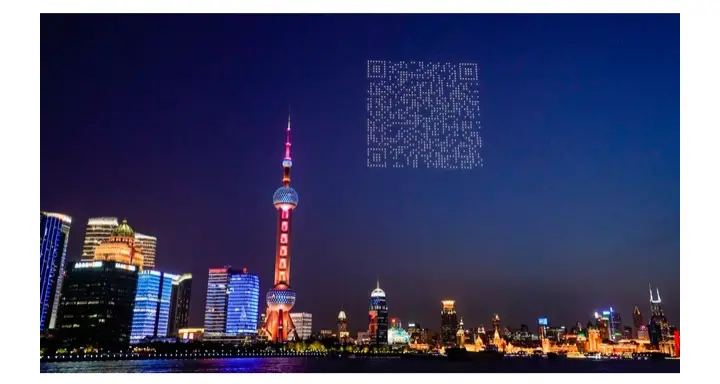
In 2020, the government of China used social media apps like Alipay and WeChat to track the movement of people diagnosed with Covid-19. This proved to be a success since the spread of Covid-19 was controlled and reduced too. Despite the win, the citizens were concerned about collecting personal information and data for the QR code systems. They feared there’d be data breaches and also misuse of information by the entrusted entities.
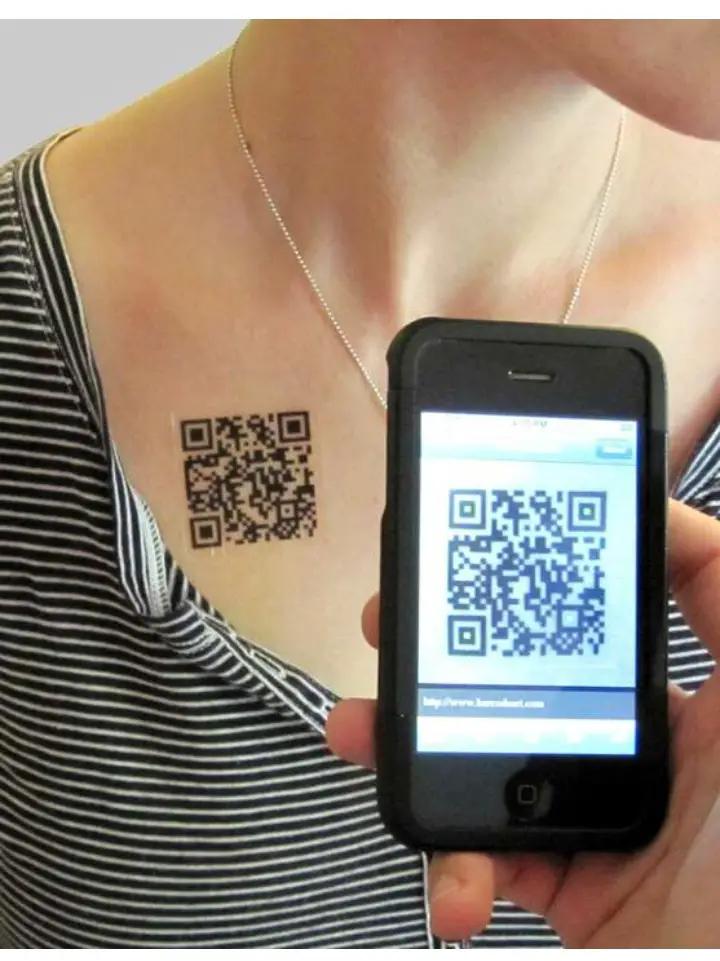
QR codes are used to track information about products in any given supply chain. After one scan of a code, smartphone users gain access to related information without the need to type anything. They are also used in marketing and advertising any product or service, making reaching a wider audience easier while maintaining a non-contact operation during the pandemic.
They are also used to give feedback from customers hence improving the products or service delivery. Within seconds, hundreds of customers can provide feedback without the need to type or appear physically at the business location.
Payments are made more accessible by the use of a QR code. Alipay, China’s largest mobile money transfer platform and WeChat application, uses QR codes to transfer money to Asia and the rest of the world. Global brands like Spotify and Deezer make payments more accessible using a QR code.
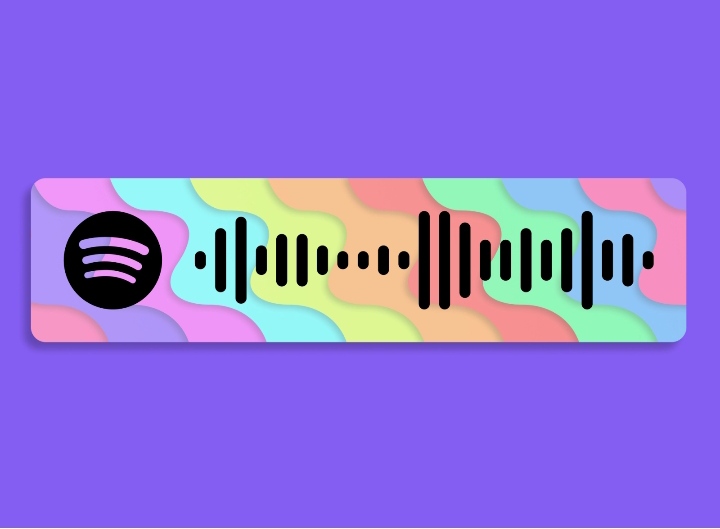
Disadvantages of a QR code.
Attackers can insert malicious URLs containing their own malware into QR codes, which, when scanned, could leak data from a mobile device. Additionally, it is possible to incorporate a malicious URL into a QR code that links to a phishing website, where unwary consumers may divulge sensitive data.
A typical attack entails disguising standard QR codes with malicious QR codes and posting them in public. When consumers scan the code, they may be directed to a malicious website that contains an exploit kit, compromising their devices, or a fake login page that steals user credentials. Simply visiting a website that performs drive-by downloads can start a malicious software download.
Since humans are unable to read QR codes, attackers can easily change them to point to different resources without being noticed. Even though many people are aware that QR codes may be used to access a URL, they may not be as familiar with the additional operations they can start on a user’s device.
These operations can also involve creating emails or adding contacts in addition to opening websites. This element of surprise can make security risks with QR codes particularly troublesome.
In general, mobile devices are less secure than desktop or laptop PCs. The risks are increased when QR codes are used on mobile devices.

